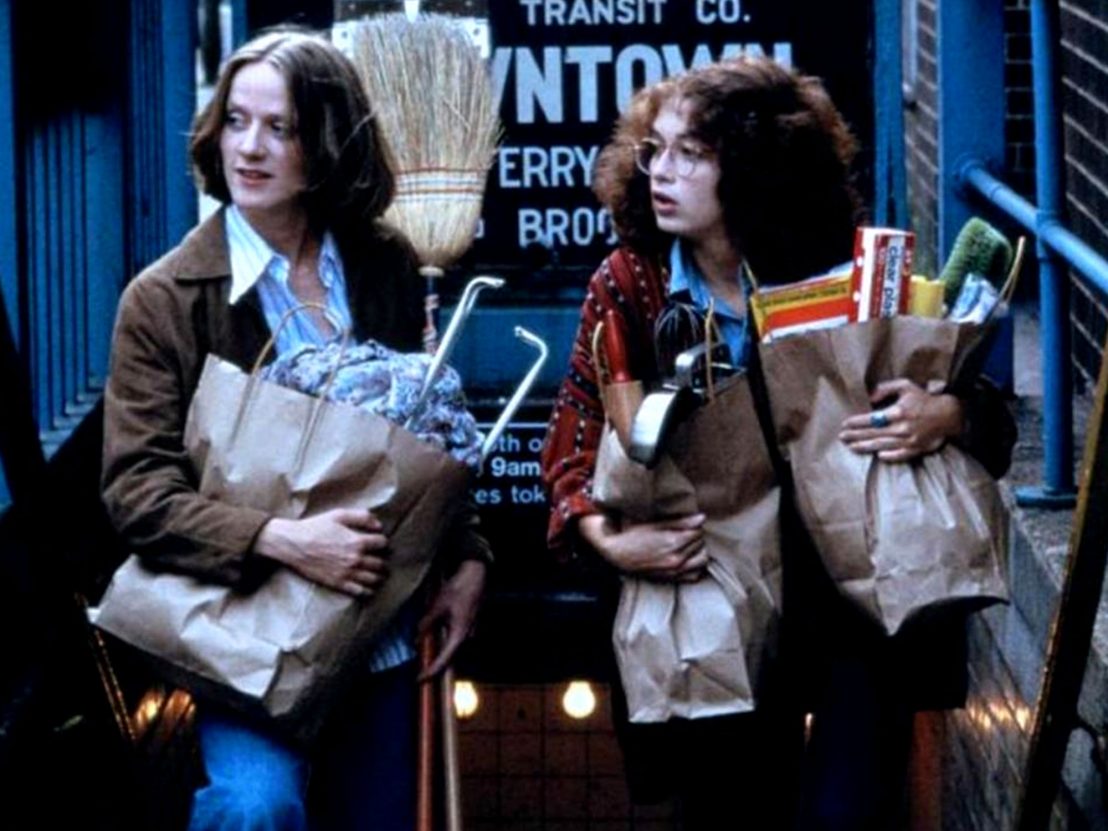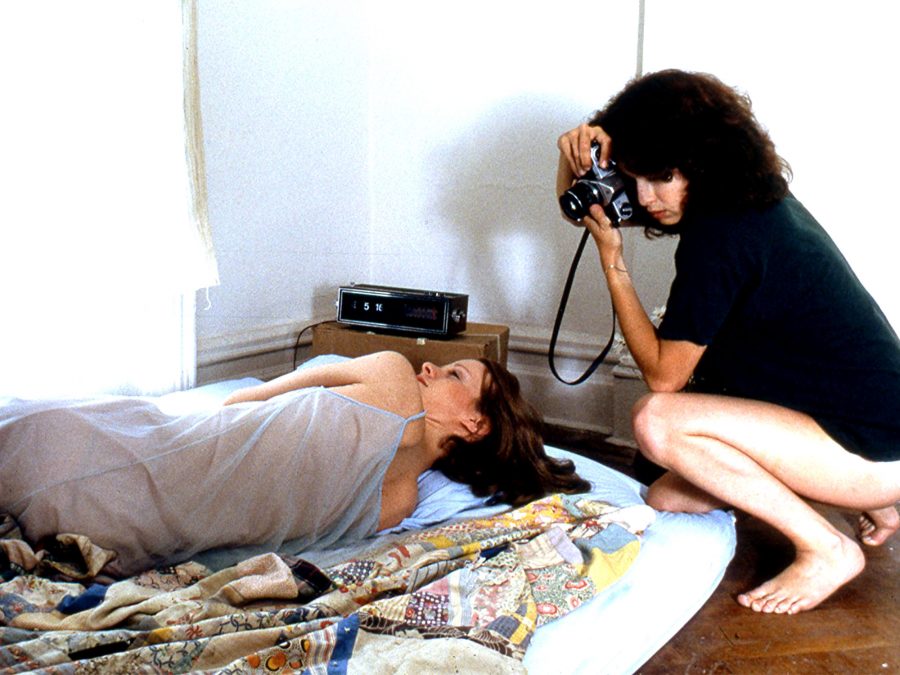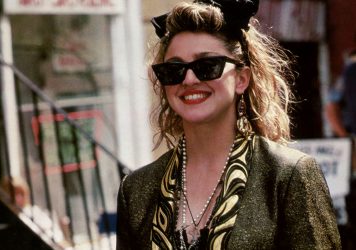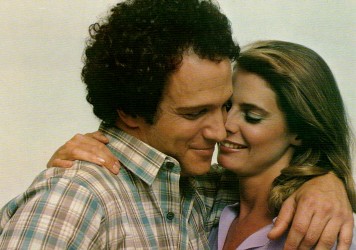
One of the great cinematic injustices of the late 20th century is that while Woody Allen’s name became synonymous with the neurotic artist living in New York City, Claudia Weill and her debut feature Girlfriends was largely forgotten. Long before Girls In The Big City became a common trope, via the films of Nora Ephron to Sex and the City and Lena Dunham’s Girls, Girlfriends was one of the first films to capture the nuances and complexities of female friendship and the frightening loneliness of freedom.
Girlfriends is a love story about two flatmates: the struggling photographer Susan (Melanie Mayron) and her best friend, the would-be poet Anne (Anita Skinner). Their symbiotic way of life is cut short when Anne tells her flatmate that she’s getting married, moving out of the apartment, and starting a new life with her husband. The rest of the film is about their break-up, as Susan struggles with her emerging career and a new flatmate and has meaningless flings with men, all while missing her best friend. Meanwhile, Anne discovers domestic bliss isn’t all it’s cracked up to be and struggles to play the parts of wife and mother while her passion for writing is continually pushed to the side by family life.
The two women’s narratives – career women and housewife – represent post-sixties womanhood. While second wave feminism meant that more women were seeking independence and careers in the city, they were still expected to settle down once they married. Caught between the two only available choices and narratives, Susan and Anne discover they don’t fit either.

Best friends living in the big city has become a well-worn cliché. While critics hailed Dunham’s Girls as a feminist remodelling of Sex and the City, really is a third-wave, millennial younger sister to Weill’s film. Speaking about Girlfriends’ influence, Dunham said it, “feels like my oldest influence, yet I saw it for the first time less than a year ago […] from the first shot, I was transfixed. By the complex relationships, the subtlety, the odd comedy that was awkward long before awkward was cool.” Dunham was so inspired that Weill ended up directing an episode of Girls in 2013, her first directing job since 2001.
Similarly, Noah Baumbach’s Frances Ha – a film that feels more like it belongs more to its co-screenwriter and star Greta Gerwig than it does to Baumbach – takes direct inspiration from Weill. Frances Ha is also about two co-habituating best friends, Frances (Gerwig) and Sophie (Mickey Sumner) who share everything, from beds to cigarettes. After Sophie moves out to live in Japan with her boyfriend, Frances is left alone, floating from place to place while her life spirals out of control. Vignette scenes echo Girlfriends as Frances attempts to bring her creative career as a dancer to fruition while mingling with hipsters at parties in Manhattan.
In the film’s pivotal scene, Frances describes the one moment that she wants more than anything: “It’s that thing when you’re with someone and you love them and they know it and they love you and you know it but it’s a party and you’re both talking to other people and you’re laughing and shining. You look across the room and catch each others eyes […] because that is your person in this life, and it’s funny and sad. That secret world that exists right there in public, unnoticed, that no one else knows is there.” At the end of the film, Frances gets her moment as she looks across at Sophie and catches her eye.
At the end of Girlfriends, the secret world of best friends is captured in a similar manner. After Anne doesn’t show up to Susan’s exhibition’s opening, Susan goes to the country cottage that Anne has run away to. The two reconcile from an earlier fight in which Susan blamed Anne for leaving her. “I’m afraid of being left,” Susan confides to Anne, “I’m the biggest turtle I know.” The terror that comes from independence and the ability to choose your own narrative looms over both the women: Susan’s life alone in the city and Anne’s choice to have an abortion earlier that day.
As the friends drink tequila together and sit beside the fire, Anne’s husband pulls up in the driveway. Susan and Anne share a look before Anne leaves to greet her husband. It’s a look that captures an entire world that the women have created together, that Anne’s husband and the audience isn’t privy to. They’re each others’ person.
Girlfriends was radical when it was released in 1978 and remains so 40 years on. A female director making a film about two women and their choices, careers, and fears as well as tackling issues like abortion, sexual harassment, and casual flings isn’t a common occurrence even by today’s standards. Weill pioneered an entire subgenre of independent women in the city and Girlfriends is an overlooked classic.
Published 18 Aug 2018

By Leigh Clark
Does Madonna’s iconic pyramid jacket contain a hidden message?

The actor/director’s 1981 rom-com is one of the best films ever made about jealousy and self-loathing.

By Lara C Cory
There’s so much more to this lusty ’80s hit than meets the eye.